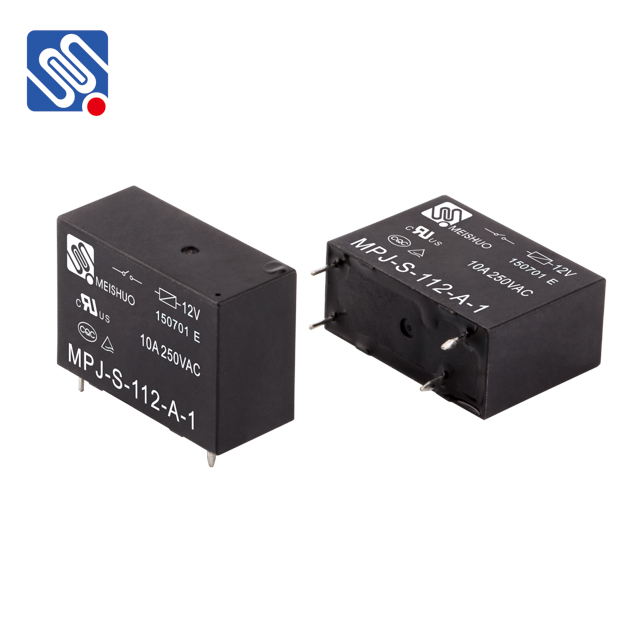In today’s highly automated world, relays are indispensable components in electrical and control systems, ensuring the efficient operation of various devices, machines, and systems. Whether you are involved in manufacturing, automation, or construction, understanding how to select the right relay for your application is crucial. This relay procurement guide will help you navigate the complex landscape of relay selection, providing you with essential considerations and steps for making an informed purchasing decision.

1. Understanding the Different Types of Relays Relays come in various types, each designed to meet specific needs in different applications. The primary categories include: Electromechanical Relays (EMRs): These are the most common type of relay, using an electromagnet to mechanically move a set of contacts. They are widely used in general-purpose applications, such as switching devices on and off. Solid-State Relays (SSRs): Unlike EMRs, solid-state relays use semiconductor components to control switching without moving parts. They offer faster response times and a longer operational life, making them ideal for high-speed switching applications.